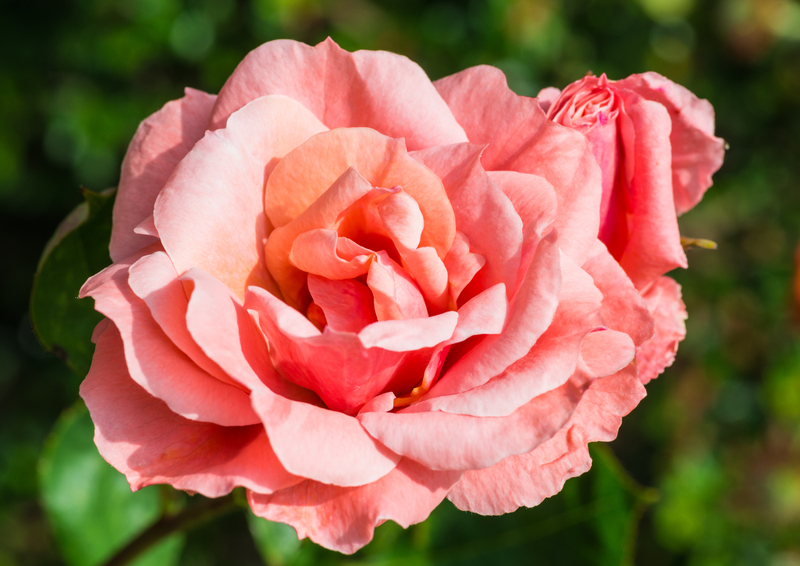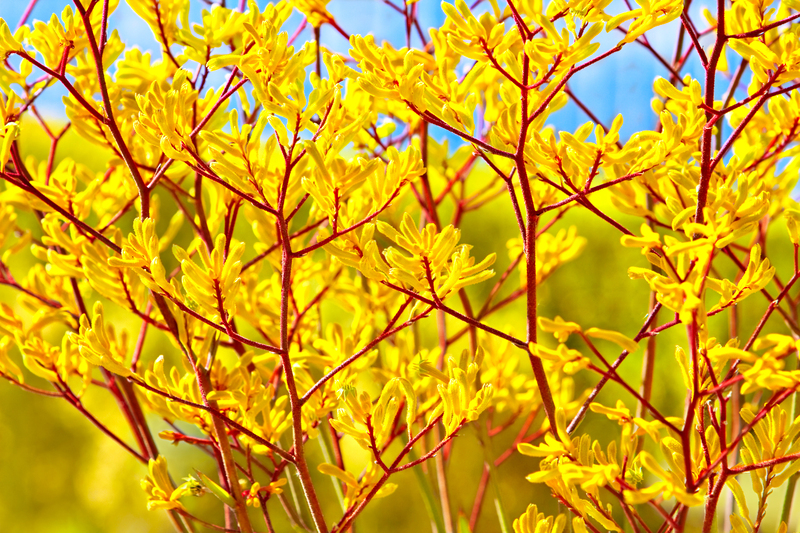Renewing Dry, Parched Lawns
Posted on 24/03/2025
Lawns can be the pride of a home, offering aesthetic beauty and a place for outdoor activities. However, maintaining a lush, green lawn is not always easy, especially during periods of drought or poor maintenance. If you're facing the challenge of renewing a dry, parched lawn, you're not alone. In this article, we'll explore effective strategies to revive your lawn and get it back to its former glory.
Understanding the Causes of Dry, Parched Lawns
Before you can revive your lawn, it's important to understand what caused it to become dry and parched in the first place. Common causes include:
- Drought: Long periods without rain or inadequate watering.
- Poor Soil Quality: Compacted, nutrient-depleted, or poorly aerated soil.
- Incorrect Mowing Practices: Cutting grass too short or with dull blades.
- Pest Infestations: Grubs, chinch bugs, and other pests that damage grass roots.
- Diseases: Fungal infections and other diseases can weaken your lawn.

Steps to Renew Your Dry, Parched Lawn
Reviving a lawn takes a combination of proper care, patience, and effective tactics. Here's how you can start renewing your lawn:
1. Assess the Damage
Inspect your lawn to determine the extent of the damage. If more than half of the lawn is dead, you may need to consider reseeding or laying new sod. For less severe cases, targeted care can revive the grass.
2. Improve Watering Practices
Proper watering is crucial for reviving a dry lawn. Water deeply but infrequently to encourage deep root growth. Aim to water early in the morning or late in the evening to reduce evaporation.
3. Aerate the Soil
Compacted soil restricts root growth and water penetration. Aerate your lawn using a core aerator to alleviate soil compaction. This will allow air, water, and nutrients to reach the root zone more effectively.
4. Top-Dress with Compost
Adding a thin layer of compost will improve soil quality by increasing organic matter and enhancing the soil's ability to retain moisture. Spread a 1/4 inch layer of compost over your lawn and water it in well.
5. Reseed or Overseed
Reseeding involves planting new grass seed in areas where the grass has died completely. Overseeding is the process of spreading seed over the existing grass to fill in thin areas. Choose drought-resistant grass varieties for better resilience.
Pros and Cons of Renewing a Lawn
Pros:
- Improved Appearance: A healthy, green lawn boosts curb appeal.
- Increased Property Value: A well-maintained lawn can raise property value.
- Environmental Benefits: Grass absorbs carbon dioxide and produces oxygen.
- Recreation Space: Offers a place for outdoor activities.
Cons:
- Cost: Renovating a lawn can be expensive, especially if new sod is required.
- Time-Consuming: The process requires consistent care and patience.
- Water Usage: Maintaining a green lawn requires significant water, which can be a concern in drought-prone areas.
Tips for Maintaining a Healthy Lawn
- Mow Properly: Keep your mower blades sharp and set your mower height to 2.5-3 inches to prevent stress on the grass.
- Fertilize Wisely: Use a slow-release fertilizer to provide consistent nutrients without over-fertilizing.
- Weed Control: Remove weeds regularly as they compete with grass for nutrients.

Takeaways
- Assess the extent of the damage before starting any renovation process.
- Improve soil and watering practices as foundational steps for renewal.
- Consider reseeding or overseeding to fill in thin or dead areas.
- Regular maintenance is key to sustaining a healthy lawn.
Conclusion
Renewing a dry, parched lawn is a journey that requires patience, diligence, and the right practices. By understanding the underlying causes and implementing effective strategies, you can bring your lawn back to life. Whether you choose to reseed, improve watering techniques, or call in professional help, the rewards of a healthy, vibrant lawn are well worth the effort.
In summary, rejuvenating a dry lawn may take time and effort, but with the right approach, you can achieve a lush, green oasis that adds value and beauty to your home.



